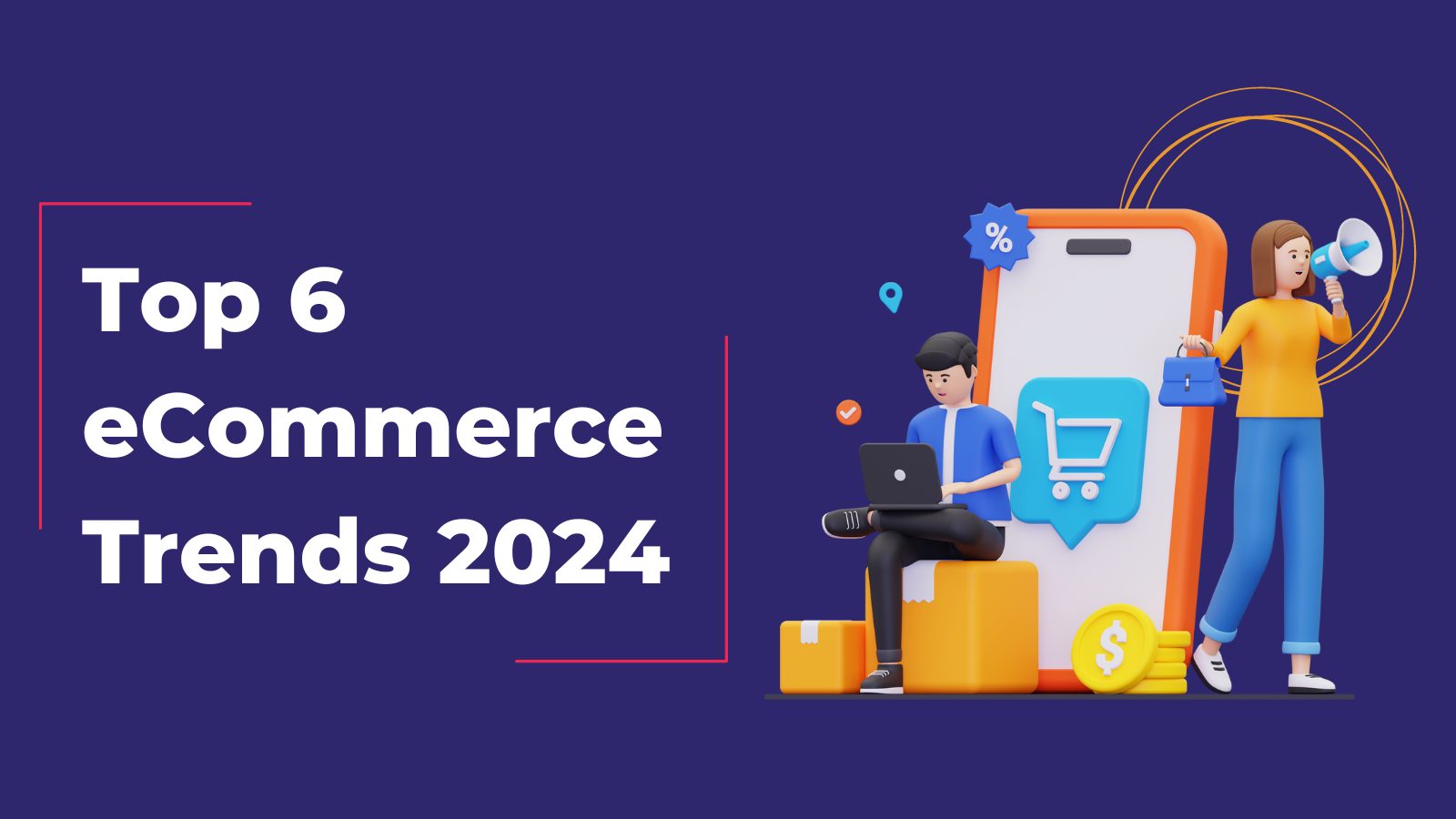In the ever-evolving landscape of digital commerce, staying ahead of the curve is paramount for businesses aiming to thrive in the competitive market. As we embark on another exciting year, the world of eCommerce continues to undergo rapid transformation, driven by technological advancements, shifting consumer behaviors, and emerging market trends.
The digital marketplace has become an integral part of our daily lives, and the year 2024 promises to elevate our online experiences to new heights.
According to recent market studies by Statista, the integration of AR and VR technologies in eCommerce is expected to reach unprecedented heights, with a projected global market value to generate revenue of US$38.6bn in 2024.
As consumers increasingly seek immersive shopping experiences from the comfort of their homes, businesses are racing to implement these technologies to enhance product visualization and create interactive online environments.
In this blog let’s explore the top eCommerce trends poised to redefine the eCommerce industry in 2024 and beyond. Let’s dive in!
As we stride into 2024, the user journey is evolving, placing a heightened emphasis on education and empowerment.
The consumer journey begins long before the “Add to Cart” button is clicked. Today’s savvy shoppers embark on a quest for information, seeking to educate themselves about products, services, and the challenges they seek to overcome. This trend signals a fundamental shift in the way businesses approach eCommerce, emphasizing the importance of content marketing and educational resources.
Trend 1: Content as King


Content reigns supreme in 2024, with ecommerce businesses doubling down on informative and engaging materials to empower consumers on their purchasing journey. According to recent studies, 88% of consumers conduct online research before purchasing, highlighting the critical role of content influencing buying decisions.
From comprehensive buying guides and product demonstrations to in-depth tutorials and how-to videos, ecommerce brands are capitalizing on the power of content to establish trust and credibility with their audience.
Here’s what you can do to work around with content for your ecommerce store:
Informative Blog Posts:
Blogging often takes a backseat in the realm of eCommerce marketing, overshadowed by other digital strategies. Nevertheless, when executed effectively, blogging can be a potent tool for driving website traffic and boosting sales. Research from Parse.ly reveals that a staggering 76% of content marketers leverage their content efforts to generate valuable leads.
When you write a great blog post, it can connect with readers, making your ecommerce brand stand out and stick in their minds. This not only makes people remember your brand more but also turns them into loyal customers. In the end, this can mean more sales and steady growth for your ecommerce store.
Video Content:
Videos are super important for getting people interested in what you’re selling. When consumers watch videos about a product or service, they tend to stick around on the website longer and are more likely to buy.
According to HubSpot, if you put a video on a page where you’re trying to sell something, you could increase the number of people who buy a lot, like up to 87%! And Forbes says that most people think watching videos helps them decide what to buy.
So, to take advantage of this for your ecommerce business, make sure you’re making cool videos that show off what your product can do and why it’s awesome. Use videos to tell stories that grab people’s attention, keep them coming back, and persuade them to buy from you. Basically, make videos a big part of your marketing plan.
Interactive Infographics:


Infographics are like cheat sheets for learning—they make complicated stuff easier to understand. People love them, too! In fact, they’re 30 times more likely to be checked out compared to an article with the same info. Why? Because they turn boring data into cool visuals that you can get right away with just a quick look.
But here’s the catch: infographics need to be top-notch, relevant, and spot-on accurate. Mixing them with other stuff like articles and videos creates a full package for keeping your audience glued to eCommerce trends. It’s like giving them all the tools they need to get the big picture without getting lost in the details.
Trend 2: Personalization Precision:


Personalization takes center stage as eCommerce platforms leverage data analytics and artificial intelligence to deliver tailored content experiences. By understanding user preferences and behavior patterns, ecommerce businesses can curate customized learning pathways that resonate with individual needs, driving engagement and conversion rates.
According to Epsilon, there’s a rising preference for personalized experiences in eCommerce, with 80% of consumers showing a greater inclination to buy from brands that offer such tailored interactions.
Here’s how you can bring personalization to your ecommerce store:
Product Recommendations and Artificial Intelligence:
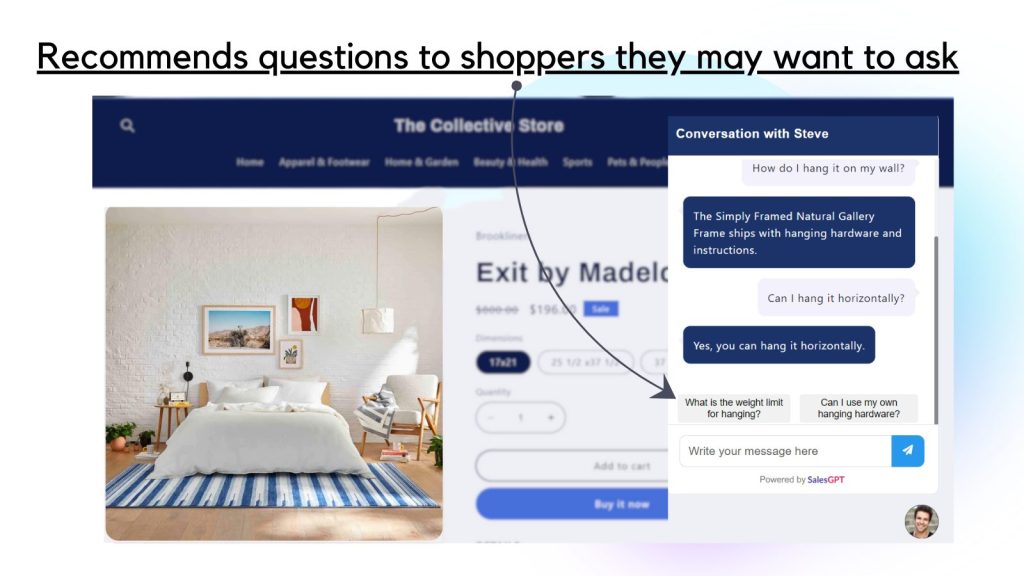

Product Recommendations are a major trend in online shopping, using smart technology to analyze your preferences and past purchases, offering personalized suggestions that enhance the shopping experience and boost sales for businesses.
On the other hand, Artificial Intelligence (AI) is like the superhero of online stores. It does smart things like analyzing data, creating personalized experiences for customers, and automating tasks to improve efficiency. From talking chatbots to predicting what products to stock, AI is revolutionizing how online stores operate. It’s an exciting trend that’s making online shopping better for everyone!
SalesGPT, a fully automated Sales Representative utilizes AI algorithms to offer personalized support and product suggestions, enhancing the shopping experience with tailored recommendations, upselling, and cross-selling.
By 2024, as these AI-driven tools handle more customer inquiries, providing instant responses and assistance around the clock, they are poised to further boost customer satisfaction and reduce support costs.
Tailored Email Campaigns:
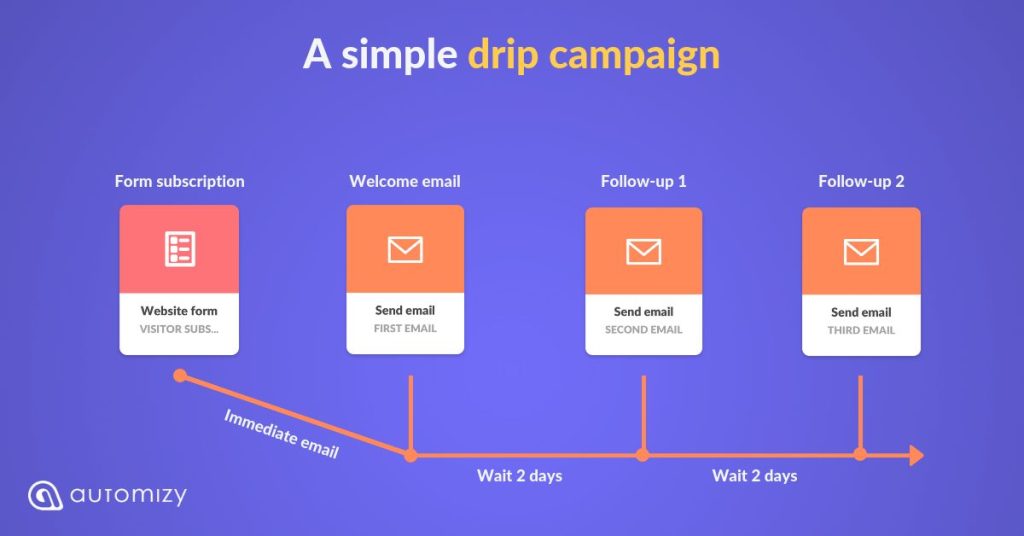

Email personalization tailors email content to specific recipients based on their personal information or behavior. Personalized emails generate six times higher transaction rates compared to generic ones by addressing individual needs and interests.
Effective personalization involves segmenting email lists, using dynamic content, and sending triggered messages based on recipient actions. Testing and optimization refine personalization strategies. Segment your email list and deliver personalized content, offers, and recommendations to each subscriber for maximum impact.
Voice Search:
Voice search is rapidly emerging as a prominent trend in eCommerce, reshaping the way consumers interact with online platforms. With voice-enabled devices becoming increasingly prevalent, the convenience of simply speaking to search for products is gaining popularity. Studies project that by 2024, voice commerce sales will reach over $40 billion globally.
Moreover, it’s estimated that voice shopping will account for 5% of total online sales by 2022. As more consumers embrace voice assistants like Alexa, Siri, and Google Assistant, optimizing eCommerce websites for voice search is becoming imperative for businesses to stay competitive in the evolving digital landscape.
Trend 3: Interactive Experiences


Personalization takes center stage as eCommerce platforms leverage data analytics and artificial intelligence to deliver tailored content experiences. By understanding user preferences and behavior patterns, businesses can curate customized learning pathways that resonate with individual needs, driving engagement and conversion rates.
According to Epsilon, there’s a rising preference for personalized experiences in eCommerce, with 80% of consumers showing a greater inclination to buy from brands that offer such tailored interactions.
Here’s how you can bring personalization to your brand or product:
Augmented Reality (AR) Experiences:


Picture being able to see how that new sofa would fit in your living room before you buy it online. That’s exactly what AR does. By using your phone or computer camera, AR technology lets you visualize products in your own space.
In 2024, AR is a game-changer for online stores because it helps customers make better decisions and feel more confident about their purchases. For instance, if you’re shopping for furniture on IKEA’s app, you can use AR to see how a couch, or a lamp would look in your home. Studies show that businesses integrating AR experiences have seen impressive results, with up to a 94% increase in conversion rates.
Virtual Try-Ons:


Virtual try-ons are like having a digital fitting room right at your fingertips. They allow you to virtually try on clothes, accessories, or makeup without actually putting them on. This is huge for online fashion and beauty retailers in 2024 because it helps customers find the perfect fit and style before buying.
By using technology to superimpose products onto your image or face, virtual try-ons make shopping more convenient and enjoyable. Research indicates that ecommerce brands offering virtual try-on experiences can see a whopping 200% increase in conversion rates.
Gamified Content:


Gamified content makes shopping more fun and interactive by adding elements like quizzes, polls, or product-related games. It’s all about playfully engaging customers while promoting your brand. In 2024, gamified content is an essential strategy for online businesses looking to stand out and keep customers hooked.
Whether it’s a quiz to find your perfect skincare routine or a game to unlock exclusive discounts, gamified experiences capture attention and drive engagement. Studies suggest that ecommerce businesses incorporating gamified content can experience a 100% increase in user engagement and a 30% boost in conversion rates.
Trend 4: Thought Leadership


Ecommerce Brands are stepping into the role of trusted advisors and thought leaders, providing valuable insights and expertise to guide consumers through their decision-making process. By addressing pain points, debunking myths, and showcasing the benefits of their offerings, businesses establish themselves as authorities in their respective industries, earning the trust and loyalty of their audience.
Research indicates that 61% of consumers are more likely to buy from companies that deliver custom content, highlighting the importance of thought leadership in driving brand credibility and preference.
Expert Guides and Whitepapers:
These are super detailed guides and reports that show how much you know about your industry. They’re crucial in 2024 because they help ecommerce businesses stand out as experts and build trust with customers.
For example, if you’re selling skincare products, you might publish a guide about skincare routines. Studies show that businesses that publish expert guides can see a 30% increase in website traffic and a 25% boost in leads.
Download your FREE Whitepaper here on the Joint Loyalty Program for your online stores:
Webinars and Workshops:
Think of these as online classes where you can learn new things about your industry. Hosting webinars and workshops is important in 2024 because they help ecommerce businesses connect with customers and provide valuable solutions to their problems.
For instance, if you’re in the fitness industry, you might host a webinar about staying healthy at home. Research suggests that businesses that host webinars can see a 40% increase in engagement and a 20% increase in sales.
Collaborations with Industry Influencers:
This is when businesses team up with famous people in their industry to create content together. It’s a big deal in 2024 because it helps businesses reach new audiences and build credibility.
For example, if you’re selling cooking gadgets, you might collaborate with a famous chef to showcase your products. Studies indicate that businesses that collaborate with influencers can see a 50% increase in brand awareness and a 35% increase in sales.
Trend 5: Sustainability in eCommerce
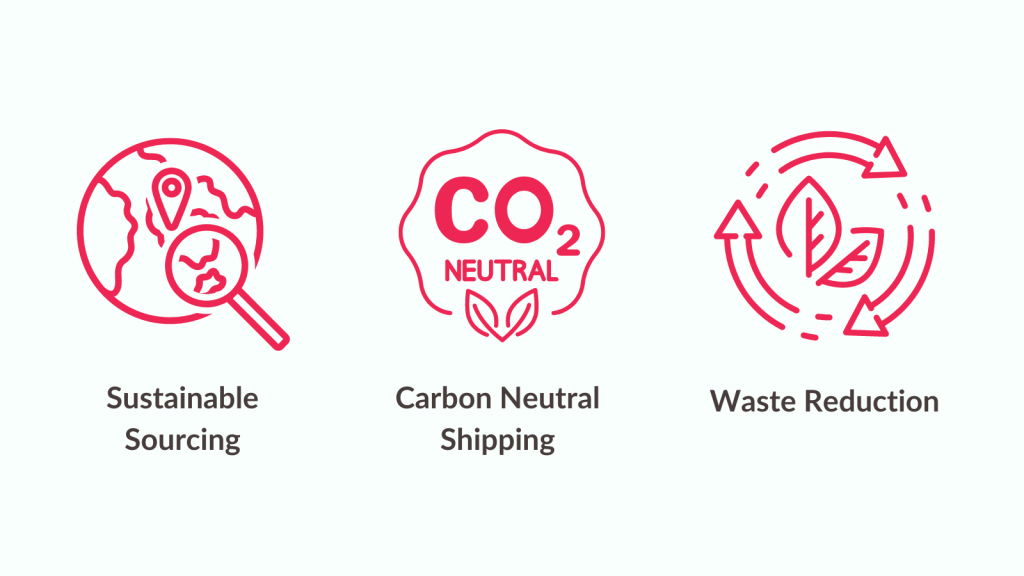

In recent years, sustainability has become a growing concern for consumers, and it’s increasingly shaping their purchasing decisions. In 2024, we can expect eCommerce businesses to prioritize sustainability in various aspects of their operations, from product sourcing and packaging to shipping and waste reduction.
Consumers are seeking eco-friendly options, and businesses that embrace sustainable practices are likely to attract more customers and foster brand loyalty. From using recycled materials to offering carbon-neutral shipping options, sustainability initiatives will play a significant role in shaping the future of eCommerce.
Sustainable Sourcing and Practices:
Ecommerce businesses can prioritize sourcing products and materials from eco-friendly suppliers. For example, using recycled materials reduces the need for new resources. According to a report by Nielsen, 73% of consumers are willing to pay more for sustainable products.
Carbon-Neutral Shipping Options:
Offering carbon-neutral shipping allows businesses to offset their carbon emissions associated with transportation. Research by Cone Communications reveals that 77% of consumers feel a personal responsibility to address climate change.
EcoReturns stands out by providing carbon-neutral shipping options for returns, ensuring that its operations have minimal environmental impact. This aligns with the growing consumer preference for eco-friendly shipping practices.
Waste Reduction Strategies:
Implementing waste reduction strategies helps minimize environmental impact throughout the supply chain. According to the Ellen MacArthur Foundation, the fashion industry alone generates 92 million tons of textile waste each year.
EcoReturns addresses this problem with a 3-layered approach, including returns fraud prevention, AI-powered incentives, and ChatGPT returns. This technology promotes sustainable exchange practices, helping your brand scale by minimizing returns and associated costs.
Trend 6: Building Brand loyalty:
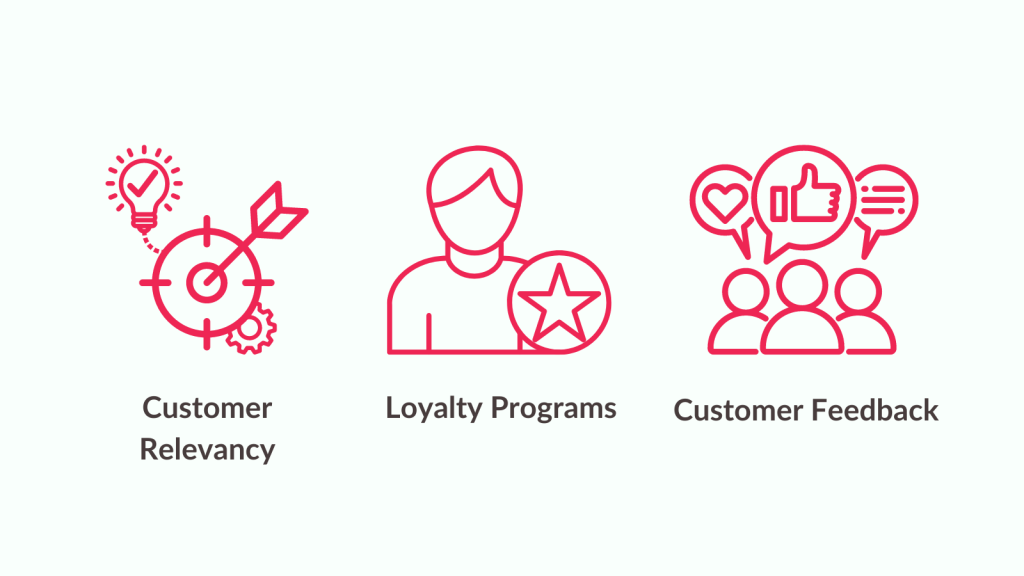

The primary objective of every eCommerce store is to cultivate a robust customer base founded on trust and loyalty. A dedicated customer following serves as a reliable foundation, ensuring a steady stream of sales and revenue that upholds the bottom line.
Customer loyalty, in essence, is characterized by customers returning for repeat purchases or interactions based on their genuinely satisfactory past experiences with the store or brand.
Tailoring strategies to foster customer loyalty is essential, and here are a few recommendations based on your product or service:
Customer Relevancy:
In the dynamic landscape of modern eCommerce, trends constantly shift and evolve. According to Gartner, 74% of CX leaders emphasize the significance of enhancing content and knowledge delivery to both customers and employees. Remaining aligned with prevailing trends is crucial for engaging customers, whether through product adaptations or a stronger emphasis on mission or values.
Today’s consumers are digitally savvy, placing a premium on brands that demonstrate honesty and transparency in their offerings. Such authenticity profoundly influences their perception and favorability toward these brands.
Loyalty Program:
Loyalty programs play a significant role in fostering strong connections between brands and consumers, as highlighted by the acknowledgment of 71% of consumers who consider these programs an essential aspect of their brand relationships, according to Bond. These programs offer incentives and rewards to customers for their continued support and patronage, encouraging repeat purchases and brand loyalty.
By providing perks such as discounts, exclusive offers, or freebies, businesses not only retain existing customers but also attract new ones who are enticed by the promise of rewards. Ultimately, loyalty programs serve as a valuable tool for businesses to enhance customer satisfaction, drive sales, and cultivate lasting brand loyalty.
There are two types of loyalty program you can focus on:
Joint loyalty programs, like WyseMe, bring together multiple businesses to offer shared customers rewards and benefits, allowing them to earn and redeem points or incentives across various participating entities. WyseMe, for instance, leverages AI to help acquire top-tier customers at significantly lower costs, maintaining an impressive 90% retention rate through its joint loyalty and rewards platform.


In contrast, a solo loyalty program is operated by a single business, exclusively offering rewards and benefits to its own customers. Designed to encourage repeat purchases, these programs allow customers to earn and redeem points for exclusive perks within that specific business.
In essence, joint loyalty programs foster collaboration among ecommerce businesses, while solo loyalty programs focus on rewarding customers exclusively within a single enterprise.
Read all about joint loyalty vs solo loyalty programs for eCommerce stores here.
Customer Feedback:
Trustpilot says that almost all customers, about nine out of ten, check reviews before buying stuff, showing how much feedback matters when deciding what to buy. Also, Podium found that more than half of customers say how a company responds to a review can change what they think about the business. This shows how important it is for companies to listen to what customers say and reply to their feedback.
Customers often provide valuable insights through their feedback, addressing various aspects of a product or service, and overall experience. By continuously analyzing this feedback and devising an action plan, companies gain invaluable insights into areas for improvement.
This proactive approach not only demonstrates a commitment to customer satisfaction but also allows ecommerce businesses to adapt and tailor their offerings to meet the evolving needs and preferences of their customer base.
Ultimately, leveraging customer feedback enables companies to enhance their products or services, thereby fostering greater customer retention and loyalty.
In Conclusion: Embrace the Future
As we navigate the ever-evolving landscape of eCommerce in 2024, one thing is clear: the user journey begins with education and empowerment. By prioritizing content marketing, personalization, interactivity, and thought leadership, businesses can meet the needs of today’s discerning consumers, guiding them on a path to informed decision-making and driving sustainable growth in the digital marketplace.
Join us as we continue to explore the top eCommerce trends of 2024, uncovering the strategies and technologies reshaping the industry and empowering businesses to thrive in the digital age. Together, let’s embrace the future of eCommerce and unlock the potential for innovation, collaboration, and success in the years to come.
